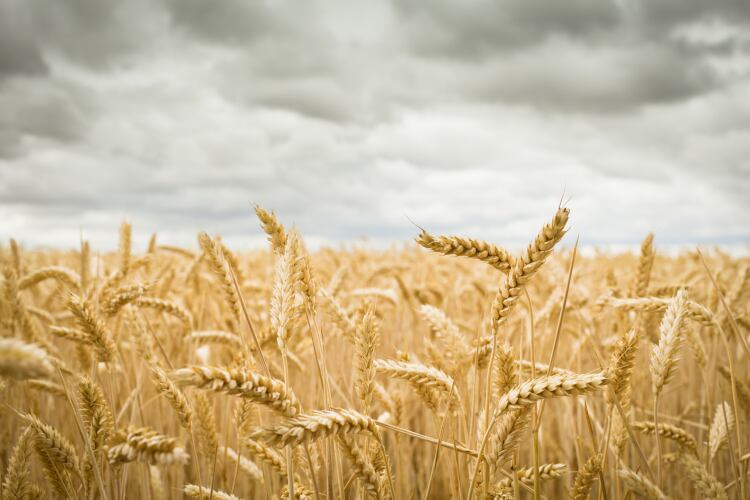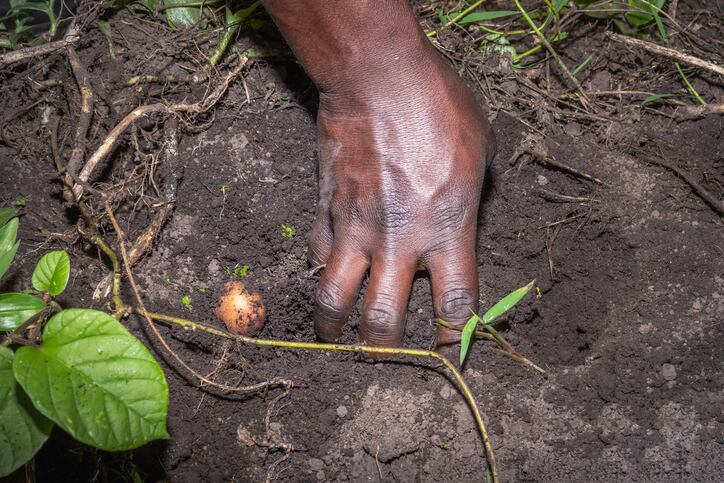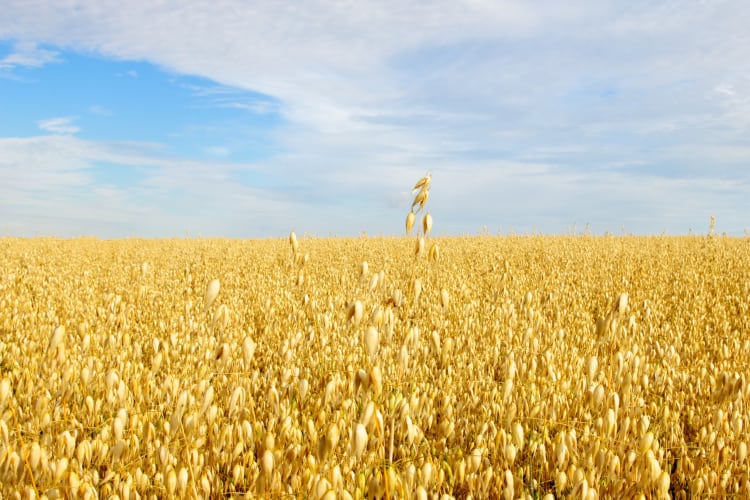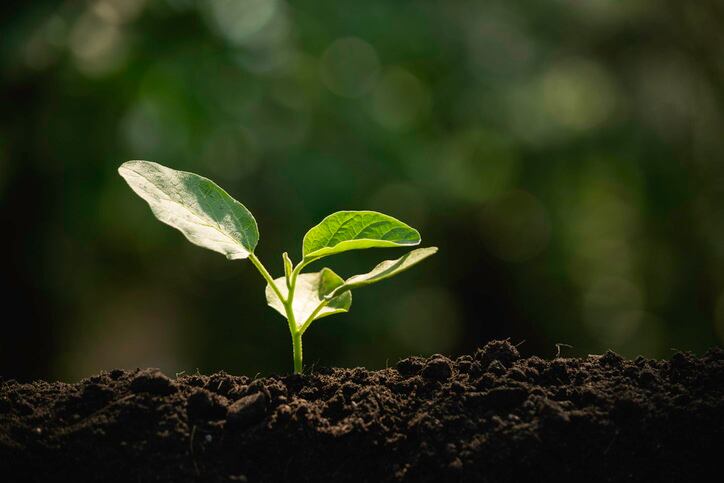Following corn and soybeans, wheat is the third most common crop globally. One of the oldest, cheapest and most versatile grains, it is a critical component of global food security.
Today, wheat production is concentrated in a handful of countries, with 85% of global wheat exports originating in seven countries - three of which hold almost 68% of the world's wheat reserves.
While China and India are the largest wheat producers, the biggest exporters are found in North America and Europe. Russia, the US, Canada, France and Ukraine top the list. Many developing countries are highly dependent on wheat imports. So, when Russia invaded Ukraine this year - two countries that contribute a combined 30% of globally-traded wheat - fears over supplies to vulnerable communities in the Global South were spotlighted.
But while conflict in Ukraine has drawn attention to what many are characterising as a ‘wheat crisis’, underlying issues in the wheat market were already evident. Fluctuations in prices on global markets and in harvests have a major impact on the nutrition situation for many people worldwide.
Climate change is placing pressure on productivity. Yields have steadily increased from a global average of only just over 1 ton/ha in the early 1960s to the current 3.5 tons/ha, nearly quadrupling global wheat production over the period. But this rate of gain has levelled out and researchers suggest that six decades of warming and drought in the world’s top wheat-producing countries offset the benefits of rising CO2 to yield.
These supply bottlenecks carry negative implications that can undermine social stability, according to the assessment of Professor Senthold Asseng, the director of the World Agricultural Systems Center - Hans Eisenmann Forum for Agricultural Sciences at TUM in Weihenstephan.
“The current global wheat crisis shows how important wheat is for the world. In many countries, food security is linked to national security, civil unrest, migration and even war," he warned.
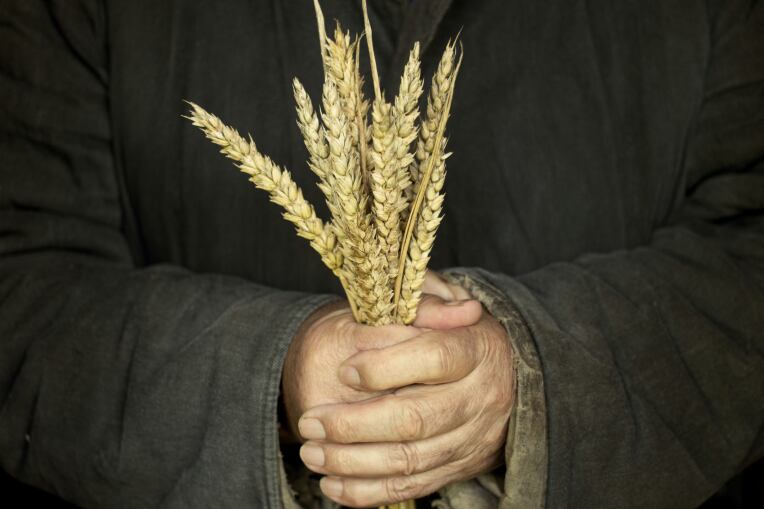
Even without disruption from war in Ukraine, the crop scientist sees trouble ahead. “Wheat yields are stagnating in many parts of the world. Especially with the rising global population, steady increases in yields will be needed over the coming decades to secure global food needs,” the agricultural expert stressed. “We are approaching the biophysical limits of wheat yields. So, we need to understand the functions of crops to boost yields further.”
Finding and utilising ‘hidden breeding resources’
Professor Asseng is working alongside an international team of researchers to study scenarios and models that, they hope, could ‘lead the way out of the wheat crisis’.
Their investigations are far-reaching in scope, he explained. “We aim to understand what climate change factors contribute where and how much to the supply bottlenecks to develop adaptation strategies. We also look at what alternative options might exist during geopolitical instability. What regions have a high potential to produce more food?”
And the work isn’t limited to theoretical calculations and models. The project also engages directly with nature through field experiments, including work with regional wheat varieties.
“We are currently carrying out in a multi-national team, massive global simulations with multiple crop models and traits measured in recent breeding crosses in field experiments. With that, we try to understand how much more yield could already be produced with the most recent breeding material,” the scientist elaborated. “In addition, we carry out crop experiments under fully controlled conditions, where each growth factor can be manipulated to better understand crop functionally as a basic for modelling cropping systems.”
Professor Asseng firmly believes that the genetic resources of wheat are ‘considerable’. Through his experiments, he has identified the unused genetic resources with the potential to increase yields around the world. He speaks of a genetic yield gap of 51%.
The goal is to mobilise this yield gap through targeted breeding. “We are aiming at breeding for maximising the genetic yield potential at the moment. We try to understand how a crop should look, in terms of traits, to maximise yield based on the resources available [such as] solar radiation, temperature, water, nutrients,” he told this publication. “For this, we use crop simulation models which can calculate growth and yield under various growing conditions across the world and with various currently available and hypothetical crop characteristics (traits) available in the genetic resource pool.”
Currently, the team is leaning on traditional crop breeding techniques. However, Professor Asseng told us the process could be hastened through New Plant Breeding Techniques (NPBTs) such as gene editing, which leverage tools like CRISPR-cas to snip out unwanted code from within a plant's DNA. But such techniques currently face a restrictive regulatory framework in Europe.
“Our proposed breeding target could be achieved through traditional breeding methods. But these could be probably achieved faster and maybe even more precisely with modern breeding tools. This still needs to be shown and then evaluated against the risks and benefits and based on this, regulation in Europe should be revisited,” he suggested.
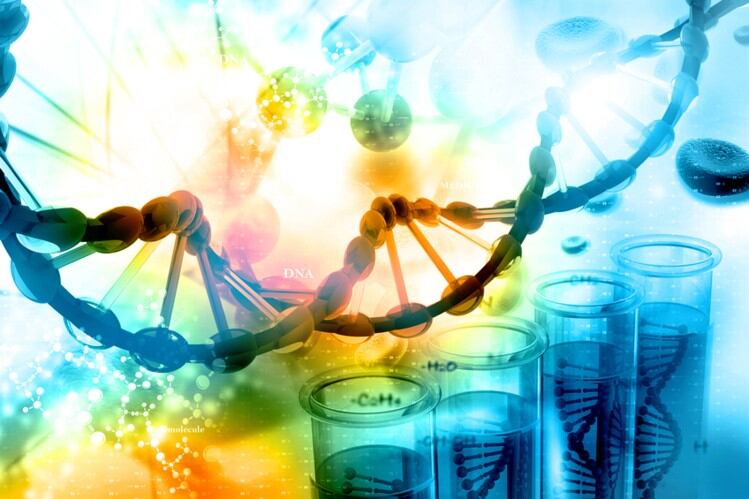
‘Breeding won’t achieve everything’
While upbeat on the potential of crop science to produce higher yielding wheat that is resistant to climate change, disease and pests, this approach alone is not enough, we were told.
“Breeding alone won’t achieve anything. Breeding must go hand-in-hand with research of the environment we are breeding for. A growing environment differs between regions, [which have] different soils with different water-holding capacity, and climates [that may be] warmer or cooler, wetter or dryer.
“We also need to consider that the climate is changing. We need to build this into our breeding strategy. In addition, farmers can manipulate the environment a crop is growing in through tillage, fertiliser and in some cases via irrigation. By deciding on sowing dates and choosing a specific cultivar with a specific maturity type, a farmer influences the temperature range and solar radiation a crop will be exposed to. Therefore, breeding for unlocking the genetic potential requires an interdisciplinary approach to consider the different factors affecting yield in a field.”
Through this interdisciplinary approach, the researcher believes the use of advanced modern breeding instruments alongside optimised plant and soil management will achieve the urgently needed increases in the global wheat harvest.
"This can then bring about an effective solution for an adequate worldwide supply of food in the future," Asseng contended.
Source
'Global wheat production could benefit from closing the genetic yield gap'
Nature Food
DOI: 10.1038/s43016-022-00540-9

